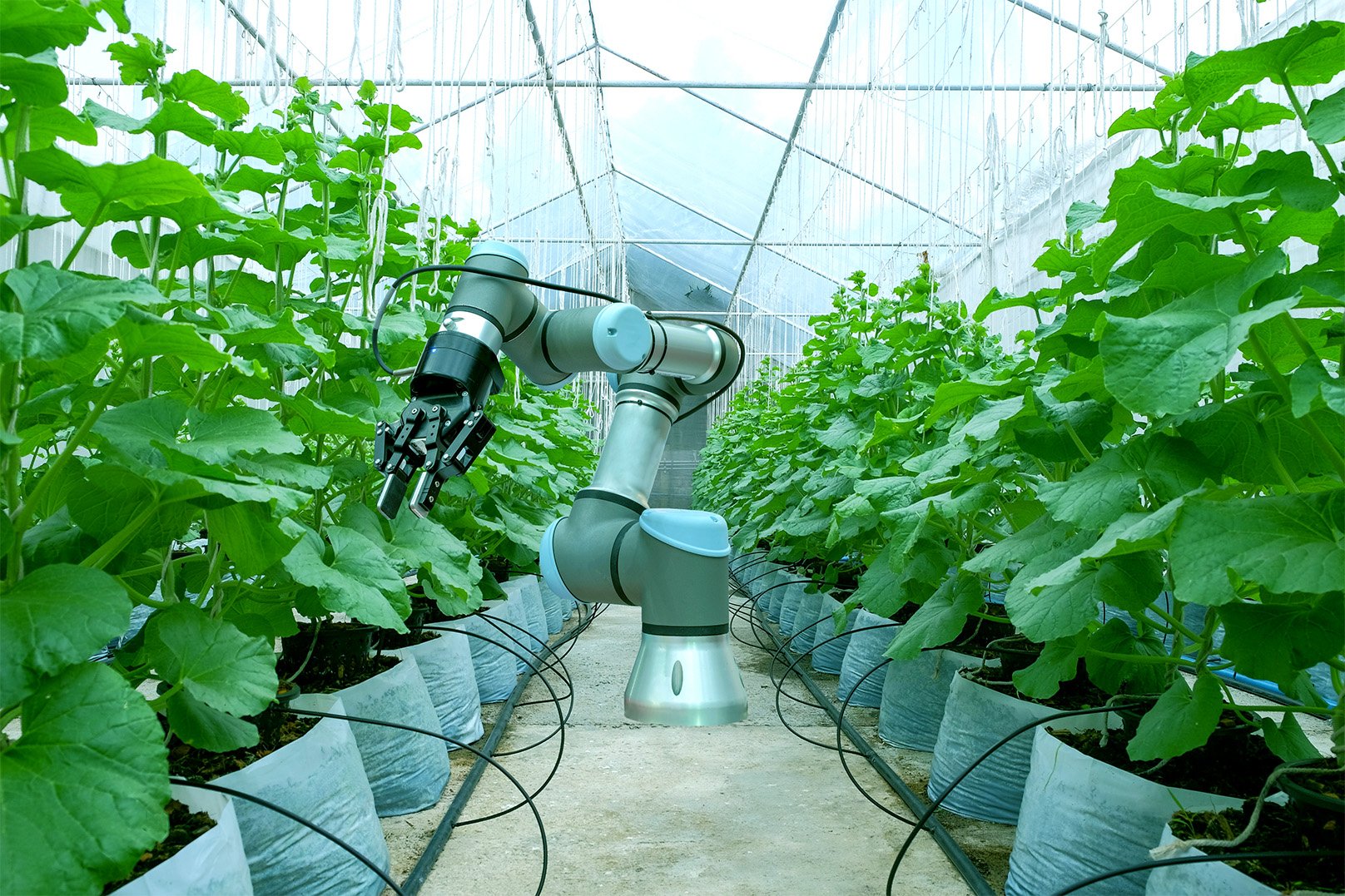Too Much CO2? Let's Recycle It
Researchers Discover New Methods To Turn CO2 Into Fuel
FUTURE PROOF – BLOG BY FUTURES PLATFORM
Climate temperature has been on the rise for many decades now. The majority of scientists, according to NASA, believe that humans are responsible for this trend over the past century. The main culprit, it is argued, is carbon dioxide, better known as CO2, and its increasing levels in the atmosphere, now at their highest in over half a million years. Could we make better use of this CO2? Researchers have now found two new efficient ways to convert CO2 into energy.
According to Science Magazine, one way to turn waste CO2 into energy is to convert CO2 into oxygen and carbon monoxide (CO), a molecule which can form the basis of fuels like methanol. While so far attempts at this had taken more than 2 volts of electricity, making it not very efficient, researchers at Dioxide Materials recently announced that they were able to double the efficiency of the cells, a result good enough for a commercial product, according to Fan Shi, chemist at NETL.
The second method has been considered, among others, by Paul Kenis, a chemist at the University of Illinois at Urbana, according to the same article. Instead of converting CO2 to CO, they are looking to convert CO2 into methane, methanol, formic acid or other hydrocarbons with more energy. These are more complex reactions and require more energy to occur, but Kenis has recently said that, by using glycerol instead of water at the anode, they managed to reduce the required energy by two-thirds, bringing it closer to being commercially available.
Why does this matter? Carbon dioxide, is one of the most important gases in our planet. Although present in trace amounts, it plays a vital role in the biological functions of plants and animals, in addition to keeping the Earth’s atmosphere warm enough for life to exist. But not everything about it is great, and when it is present in excess quantities, it can have grave consequences. By trapping heat energy on Earth, it can lead to increasingly warm temperatures, possibly leading to devastating heat waves, rising sea levels, and other changes in the biosphere. According to Scientific American, it is the most significant climate pollutant and reining it in should be the main focus of our efforts.
The ability to take what many consider an ugly pollutant and waste into energy we can use can bring a lot of benefits, from reducing CO2 levels in the globe to finding new alternatives to produce the energy required to sustain growth in our societies.
Make your foresight and strategy workshops engaging with Futures Platform - a collaborative foresight toolbox where you can find a library of 900+ trend analyses by futurists, collaborate with your colleagues, visualise and document your process all in one place.




